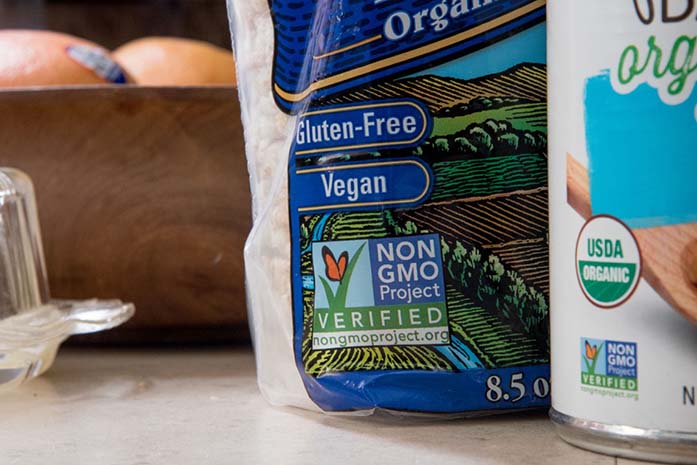By Helaina Thompson
What do genetically modified organisms and QR codes have in common?
There are better things to worry about.
On July 14, Congress passed a bill requiring foods made with genetically modified ingredients to be labeled. The bill, which President Obama is expected to sign, would inform consumers which foods on grocery store shelves contain the modified ingrediants by assigning them a symbol, text, or a QR code. The absurdity of this legislation begins with its faith in QR codes. Who uses those things, anyway?
Prospective label requirements have triggered a nationwide debate about genetically modified ingredients. Proponents for genetically modified crops point to lower food costs, less pesticide use, and robust crops that can withstand environmental extremes. A 2015 Pew Research study found that 88 percent of scientists believed that the ingredients were safe. However, only 37 percent of the general public believed the same.
Those who argue against the use of such ingredients often base their concerns on the “what if” principle: Scientists are experimenting with a subject far from fully understood. What if one small genetic change results in unexpected and widespread catastrophe? Fair enough. Yet, after years of research, no widely accepted data suggest modifications have contributed to any human health risk.
There is also a number of opponents who reject the entire industrial farming framework supported by such crops — a framework that encourages deforestation, animal cruelty, pollution, and crop uniformity. But industrial farming is a beastly system bound by strong traditions, and the modified crops, labeled or not, are mere byproducts. To tackle industrial and factory farming, opponents must first battle corporate control of government, overpopulation, and a society that eats too much meat.
At the end of the day, our nation is talking about informative labeling, how food is grown, and what happens to our bodies when we eat it — this is a great thing and a solid jumping-off point for important conversations. But in making a big deal about the labels, I am concerned we are worrying about the wrong issue. The best way to learn about the food we eat is not by scanning a QR code but by walking to the Iowa City Farmers’ Market, buying a bushel of spinach, and shaking hands with the person who grew it. What label could ever accomplish that?
Before we give ourselves headaches over modified-crop labels, consumers should look for nutrition facts and ingredients lists that reveal added sugars, saturated and trans fats, and high calorie counts. A genetically modified carrot is a healthier snack than a non-modified cookie any day. Assuming Obama signs the labeling bill into law, I hope Michelle Obama, a strong advocate for solving the obesity epidemic, stands beside him to iterate that message. Or, better yet, makes a rap video about it.



